When perusing the ready-made bento boxes in a Japanese supermarket aisle, you’ll no doubt notice that they all generally have one thing in common: these little pieces of “plastic grass” that add a pleasing pop of green to each meal.
In a country that already uses an excessive amount of plastic, it’s one of those perplexing practices that has many people asking why on earth it’s there in the first place.
In this post, we’ll explain why bento grass (also known as sushi grass) exists and where the culture of using bento grass came from in the first place.
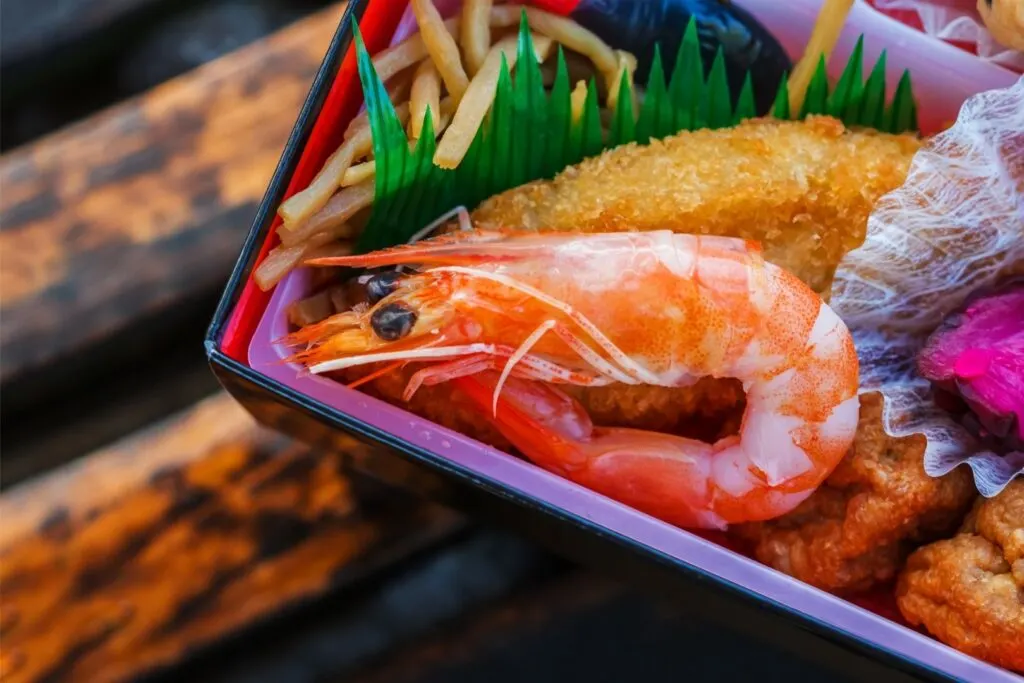
Table of Contents
What is it and why use plastic bento grass?
Those pieces of green plastic, cut on one end so they do look a little like grass, are called haran, or sometimes baran. They make the bento look more attractive by adding color, but they aren’t just for decoration. Their most important function is actually to separate foods.
Speaking with Ayao Okumura, a chef, food consultant and cookbook author with a keen interest in the history of cooking, I learned that a variety of dividers, including plastic grass, are used when making bentos. Separating foods prevents assertive flavors from seeping from one tidbit into another, and also slows bacterial growth, thus extending the shelf-life of these highly perishable prepared meals.
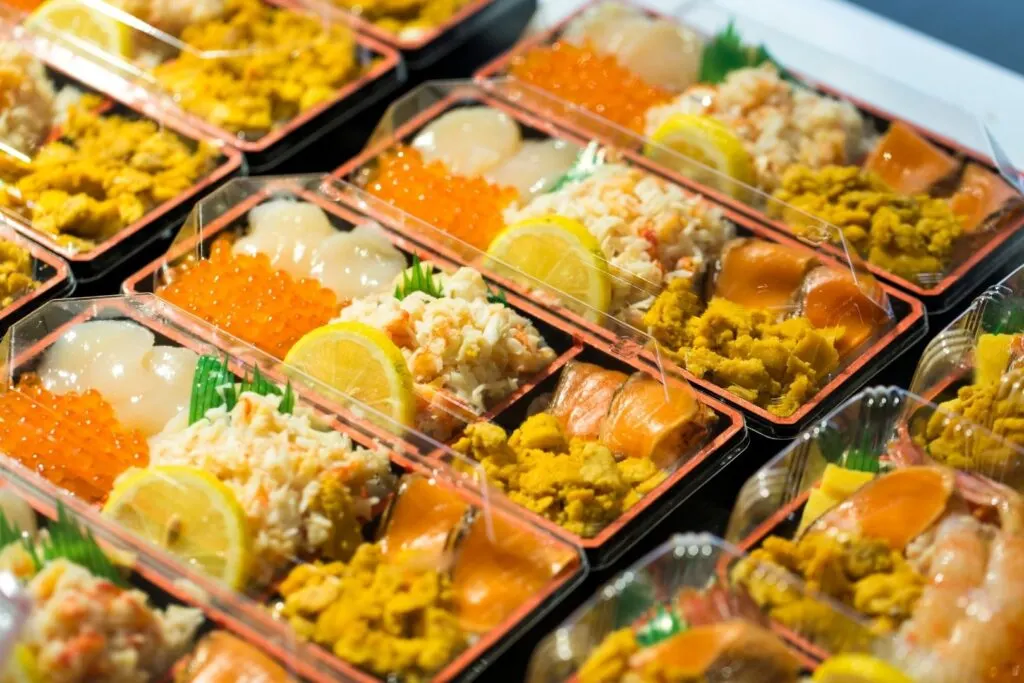
Sushi grass wasn’t always plastic
Okumura is no fan of fake food foliage. He pointed out that haran were originally made from fresh leaves, which are not only biodegradable and sustainable, but also offer one distinct advantage over the modern plastic variety.
Japanese people have long had simple ways to carry prepared foods away from home, such as wrapping cooked rice in leaves to be eaten later while working in the fields. But the bento as we know it — small amounts of many foods packed together in a beautiful box — developed during the Edo period (1603-1868).
In those days, well-to-do people ordered special meals for outdoor parties and excursions. The food needed to be packed tightly to prevent it from moving around during transport, but it also had to look good because playful, attractive presentations were prized. And of course, food safety and preservation was important at a time before modern refrigeration.
Natural food safety – the green advantage
“Certain plants, when damaged, release very active antimicrobial substances called phytoncides that prevent the plant from rotting,” Okumura explained. “If you use the leaves from such plants to wrap or divide foods, the phytoncides in the leaves inhibit the growth of bacteria in the food. So meals packed with real leaves stay safe longer than meals packed with plastic.”
Okumura showed me how to fashion a fresh haran, using a leaf from his own garden. “Making multiple cuts like this,” he said while deftly wielding a knife to serrate one edge, “releases more of the phytoncides, making the leaf even more effective as a preserving agent.”
In the Kansai area, which includes Kyoto and Osaka, the plant of preference was a member of the lily family, Aspidistra elatior. In Edo (now Tokyo), cooks tended to use sasanoha (the leaves of the bamboo grass plant), particularly for sushi.
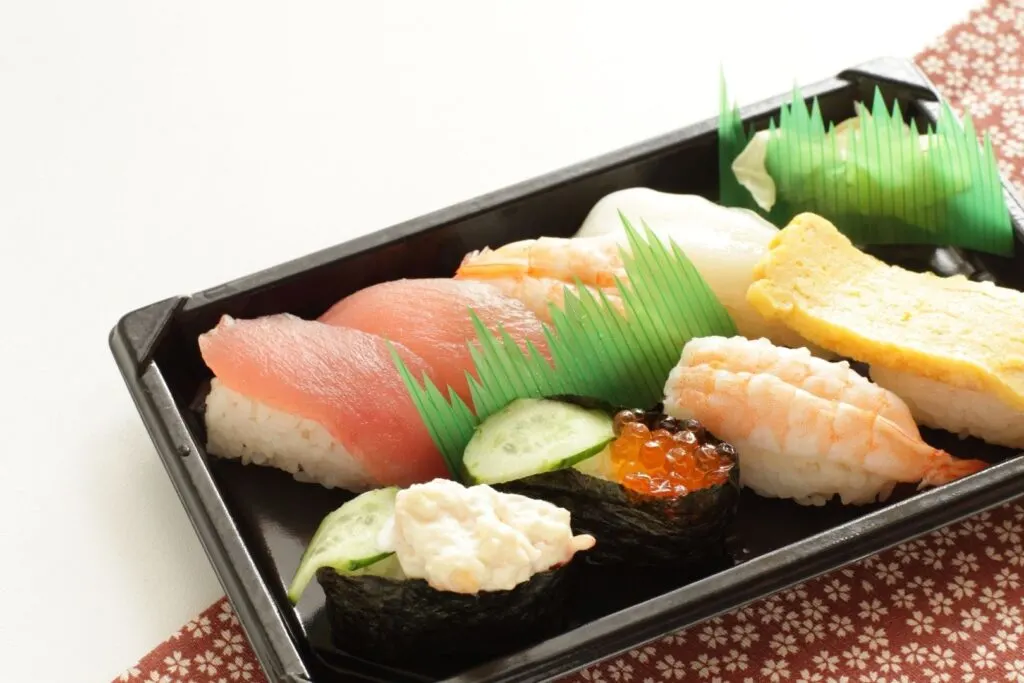
Learn more about the history of bento through the ages and how plants are used for their antimicrobial effects in Japan in this short documentary featuring Okumura.
If natural is better, why switch to plastic?
Plastic substitutes came into use around the mid-1960s, according to Okumura. “This was the time when supermarkets were getting their start in Japan, and the big stores were looking for ways to cut costs so they could offer lower prices,” he explained. “Using plastic instead of leaves saves labor.” In more recent years, with the internationalization of sushi, the plastic variety has spread overseas where it is usually marketed as “sushi grass.”
If you stop to think about it, it’s perhaps surprising that manufacturers haven’t added some kind of antimicrobial agent to the plastic grass strips. After all, there are all sorts of products in Japan with built-in kokinryoku (antibacterial properties), ranging from kitchen sponges to luxury pantyhose. But while I couldn’t find beastie-beating sushi grass, I did learn that some of the clear films used to cover commercial bento meals incorporate a compound derived from wasabi root that inhibits the growth of microorganisms.
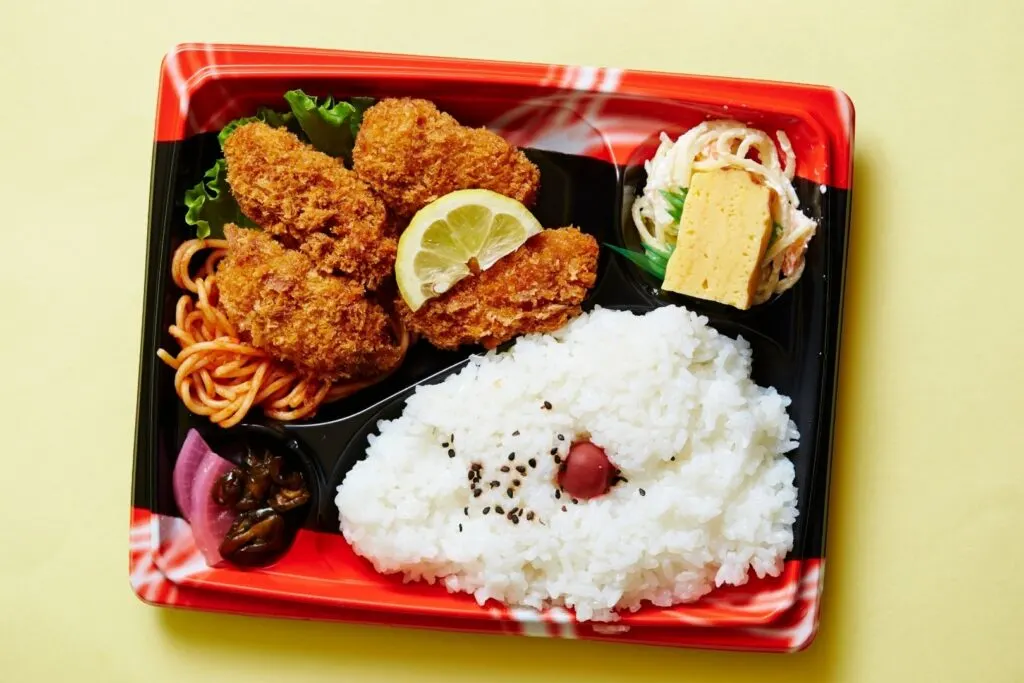
Knowing that Okumura has read many old texts about food preparation, I was curious whether he’d found any indication that people in earlier times understood that it was something inside the leaves that helped preserve food. “I don’t think they understood how it worked,” he replied. “They only knew, from empirical observation, that the leaves somehow kept food fresher. It was only in the post-war period that scientists had the tools to figure out the science behind old practices,” Okumura said. “Basically, “he said, cutting another leaf, “there’s nothing new under the sun.”
Did you know why plastic bento grass existed? What were your thoughts on sushi grass when you first saw it?
Pin me for later
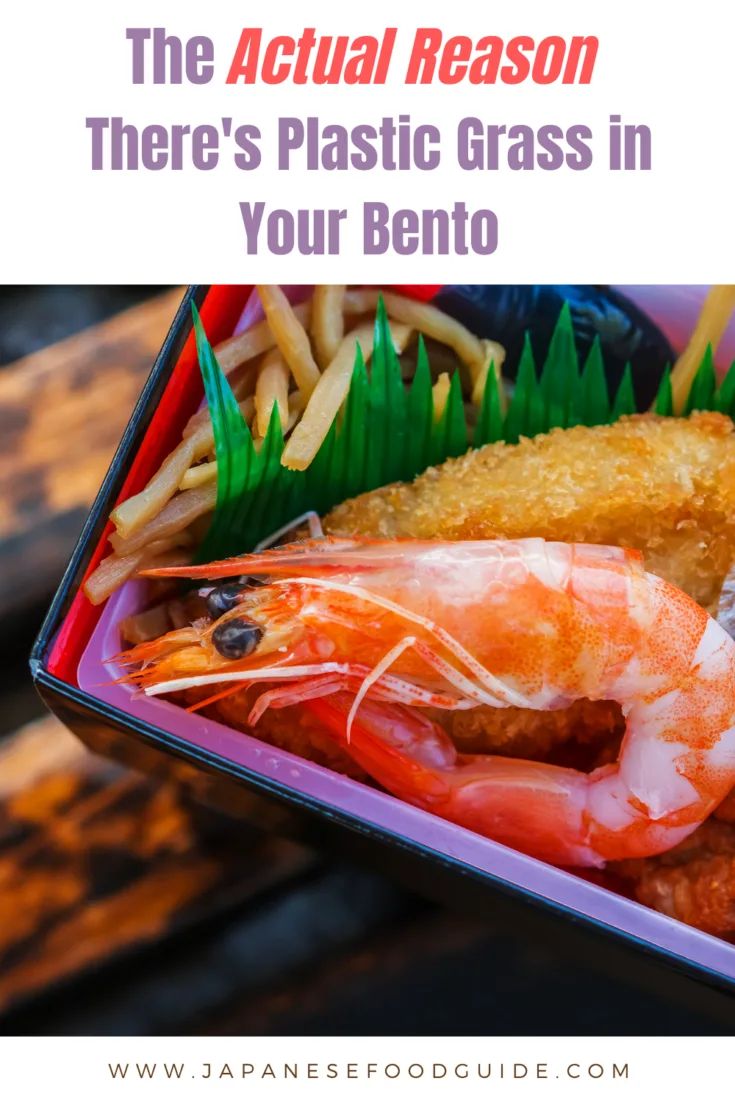
Alice Gordenker is a Tokyo-based writer. She started her career in journalism reporting from Washington, DC for food industry trade publications on regulation and legislation. Since relocating to Tokyo more than 20 years ago, Alice has made it her “life work” to provide insight on Japan through various media including newspapers, magazines, television and film.
She is delighted to be an early contributor to Japanese Food Guide, where she can once again focus on great things to eat, and how they are grown or made.

Tyas
Monday 17th of October 2022
I was eating sushi for lunch and my mind started wondering, when I saw the plastic grass that divided the three sushi rolls, why it existed and whether it'd always been made of plastic. It's really interesting to find out its real purpose and history! Plastic grass are cheaper, obviously, but nothing beats the fresh leaves when it comes to preserving the food. I hope one day I get the chance to eat a bento that uses real, fresh leaves (haran) :D
Alice Gordenker
Monday 31st of October 2022
@Tyas, I'm so glad the article was useful (and timely) for you! That makes me happy. You can definitely find bento that use fresh leaves, but you have to work a bit to find them. You won't find them in supermarkets or convenience stores. Sometimes the better Japanese bento counters in the fancy department store food basements (called "depachika") have bentos with real leaves. Or better takeout from a good Japanese restaurant. Sometimes a good restaurant will offer a small box of food you can take home to share with your family, as a way of saying, "Sorry I went out without you, and I'd like to share the experience at least a little." These may have a real leaf or two in them.
Lisa
Saturday 3rd of July 2021
I had heard about the wasabi-derived compound having antibacterial properties but I had assumed it was used for both clear plastic sheets *and* the green bento grasses. I feel like I've been bamboozled! I wonder if there's a middle ground for future operations — something sustainable but also cheap enough for supermarkets to use it.
Leo
Monday 14th of June 2021
I enjoyed the title not giving it away, made for some fun guesses ha! (Make it appear like a landscape ha!)
Greg Goodmacher
Friday 11th of June 2021
Fascinating.